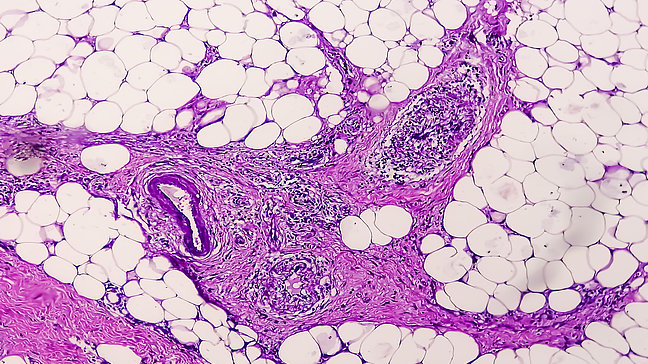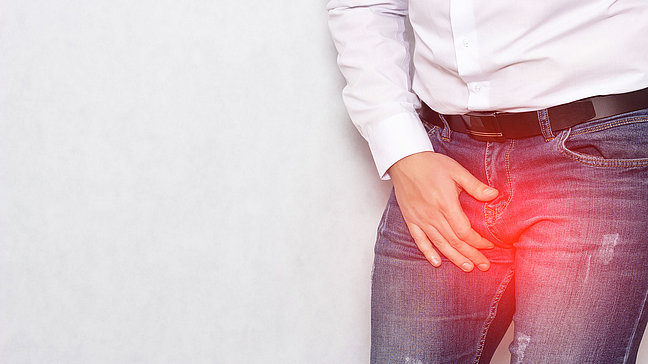
Epididymitis
Causes of epididymitis
The most common causes of epididymitis are bacterial infections caused by sexually transmitted infections (STIs) or by the spread of bacteria from the urinary tract. The most common causes include:
- Sexually transmitted infections: Bacteria such as Chlamydia trachomatis or Neisseria gonorrhoeae are common triggers of epididymitis in sexually active men.
- Urinary tract infections and prostate infections: Bacteria from the urinary tract or prostate can reach the epididymis and cause inflammation, especially in older men.
- Injuries or medical procedures: Trauma or procedures such as catheterization or cystoscopy can also trigger epididymitis.
Symptoms of epididymitis
- Pain and swelling in the testicular area, often on one side
- Redness and warmth of the affected testicle
- Pain during urination or increased urge to urinate
- Fever, chills, and general discomfort in more severe infections
- In some cases, there may be discharge from the urethra, especially in sexually transmitted infections
Diagnosis of epididymitis
The diagnosis of epididymitis begins with a physical examination of the testicle and epididymis, during which swelling, pain, and redness are detected. Additionally, the following tests may be conducted:
- Urinalysis and urine culture: To look for signs of infections in the urinary tract.
- Urethral swab: If a sexually transmitted infection is suspected, a swab is taken and examined in the laboratory.
- Ultrasound of the testicle: This is an important examination to rule out testicular torsion or other serious conditions and to accurately assess the inflammation in the epididymis.
Treatment options for epididymitis
- Antibiotics: In the case of bacterial epididymitis, antibiotics are prescribed to combat the infection. It is important to complete the entire course of antibiotics to fully cure the infection. Both sexual partners should be treated for sexually transmitted infections to prevent reinfection.
- Pain relief and bed rest: Pain relievers such as ibuprofen or paracetamol can help alleviate pain and swelling. Bed rest and elevating the scrotum can also reduce discomfort.
- Surgical treatment: In rare cases, if the infection is severe or leads to abscesses, surgical drainage may be necessary.
Preventive measures for epididymitis
The best prevention against epididymitis is to avoid sexually transmitted infections by consistently using condoms and practicing safe sex. Regular medical check-ups for frequent urinary tract infections or prostate problems can also help reduce the risk of epididymitis.



